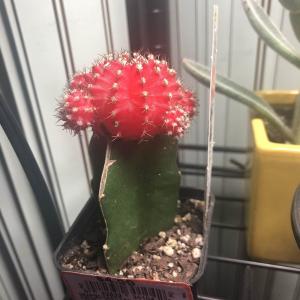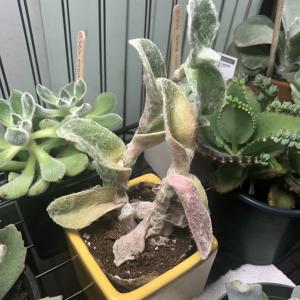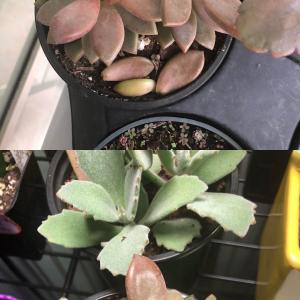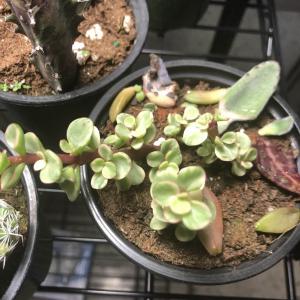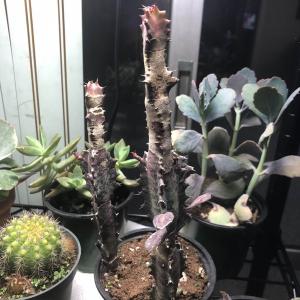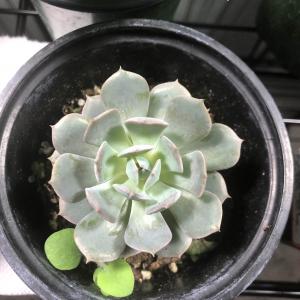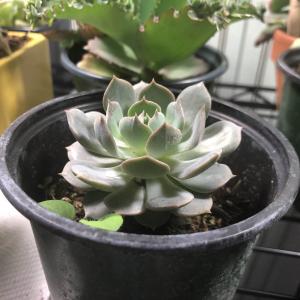文章
Miss Chen
2018年05月10日

Description: This herbaceous parasitic plant is 4-18" tall. Small plants are often unbranched, but large plants are paniculately branched with stiff ascending stems. These stems are initially cream, tan, or purple-striped, but they turn brown with age. The surface of each stem is mostly glabrous, but sometimes it is slightly pubescent. The leaves are reduced to insignificant scales; they are located underneath some of the flowers. Along the length of the stems are alternate flowers; the lower stems have cleistogamous (self-fertile) flowers, while the upper stems have perfect flowers that are usually sterile. The cleistogamous flowers are small and bud-like in shape, while the perfect flowers have tubular corollas with short calyces.
The corolla of a perfect flower is about 1/3" (8 mm.) in length, cream- and purple-colored, with 4 short lobes along its outer rim. Each calyx is cream-colored with 5 purple-striped teeth; it is much shorter than the corolla of a perfect flower. Each perfect flower has a single style and four stamens; the latter are hidden within the corolla. The blooming period occurs from late summer into the fall. There is no noticeable floral scent. Each fertile flower is replaced by a small ovoid seed capsule about ¼" (6 mm.) long; it contains numerous tiny seeds that can be blown about by the wind. The root system is fibrous. Sometimes large colonies of this plant can be found.
Cultivation: This parasitic plant contains no chlorophyll and obtains its nutrients from the roots of Fagus grandifolia (American Beech). Without the presence of this tree, Beechdrops cannot survive.

Range & Habitat: The native Beechdrops is uncommon in Illinois; it is found in a few counties of the southern and SE regions of the state (see Distribution Map). Illinois lies at the western range limit of both Beechdrops and the American Beech; both species are more common further to the east. Habitats include mesic woodlands and rocky wooded slopes where American Beech and Sugar Maple trees are usually codominant.
Faunal Associations: Very little information is available about floral-faunal relationships for this species. The perfect flowers may be visited occasionally by long-tongued bees. The ecological value of Beechdrops to animals appears to be low.
Photographic Location: A rocky wooded slope in west central Indiana where American Beech was present.

Comments: From a distance, this plant looks like it is dead, even when it is in bloom, resembling an elongated skeletal hand that has poked up from the ground. When examined up-close, however, it is an interesting plant with beautiful cream and purple-striped flowers and similarly colored stems. Beechdrops is a member of a small group of parasitic plants in the Broomrape family (Orobanchaceae). None of these species are very common in Illinois, and they should be protected in the areas where they occur. Other species in this family tend to be more stout and less branched than Beechdrops; they also produce larger flowers with similar tubular corollas (exceeding ½" in length). These species don't compete directly with Beechdrops because they are parasitic on the roots of plants other than American Beech; typical hosts are oak trees and various members of the Aster family.
The corolla of a perfect flower is about 1/3" (8 mm.) in length, cream- and purple-colored, with 4 short lobes along its outer rim. Each calyx is cream-colored with 5 purple-striped teeth; it is much shorter than the corolla of a perfect flower. Each perfect flower has a single style and four stamens; the latter are hidden within the corolla. The blooming period occurs from late summer into the fall. There is no noticeable floral scent. Each fertile flower is replaced by a small ovoid seed capsule about ¼" (6 mm.) long; it contains numerous tiny seeds that can be blown about by the wind. The root system is fibrous. Sometimes large colonies of this plant can be found.
Cultivation: This parasitic plant contains no chlorophyll and obtains its nutrients from the roots of Fagus grandifolia (American Beech). Without the presence of this tree, Beechdrops cannot survive.

Range & Habitat: The native Beechdrops is uncommon in Illinois; it is found in a few counties of the southern and SE regions of the state (see Distribution Map). Illinois lies at the western range limit of both Beechdrops and the American Beech; both species are more common further to the east. Habitats include mesic woodlands and rocky wooded slopes where American Beech and Sugar Maple trees are usually codominant.
Faunal Associations: Very little information is available about floral-faunal relationships for this species. The perfect flowers may be visited occasionally by long-tongued bees. The ecological value of Beechdrops to animals appears to be low.
Photographic Location: A rocky wooded slope in west central Indiana where American Beech was present.

Comments: From a distance, this plant looks like it is dead, even when it is in bloom, resembling an elongated skeletal hand that has poked up from the ground. When examined up-close, however, it is an interesting plant with beautiful cream and purple-striped flowers and similarly colored stems. Beechdrops is a member of a small group of parasitic plants in the Broomrape family (Orobanchaceae). None of these species are very common in Illinois, and they should be protected in the areas where they occur. Other species in this family tend to be more stout and less branched than Beechdrops; they also produce larger flowers with similar tubular corollas (exceeding ½" in length). These species don't compete directly with Beechdrops because they are parasitic on the roots of plants other than American Beech; typical hosts are oak trees and various members of the Aster family.
0
0
文章
张祥明
2018年05月10日

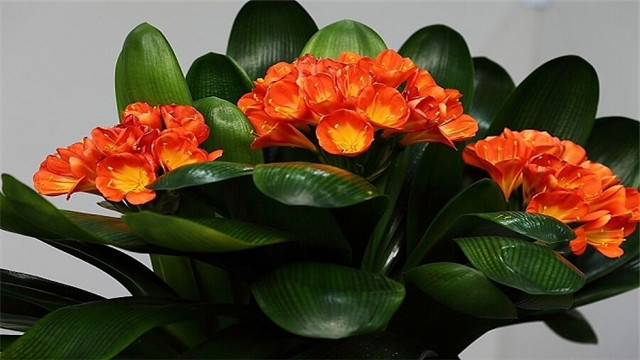
1、调节温度
原因:君子兰在20℃左右的时候生长的最好,若是温度太低,低于15℃,它的部分生理活动无法正常进行,就会产生不少问题,比如夹箭。
解决方法:将君子兰移动到18-20℃的环境之中,进行养护。期间可以用绳将子它两边的叶子都绑在一起,并将它放在暗处,这样做更利于它花箭的抽出。

2、增加施肥
原因:君子兰抽箭需要一定的养分,如果不及时施肥,给它更多的养分,它就会因为难以汲取到足够的营养而发生夹箭。
解决方法:及时为它施加肥料,最好是含磷含钾的肥料。在施用前需要将肥料稀释一下,以免它的浓度太高伤到了花。一次不要加太多的肥,要薄肥勤施。

3、修根重栽
原因:君子兰的根部受到了损伤,无法正常的从土壤之中汲取营养,植株营养缺乏,自然就无法正常抽箭了。
解决方法:将君子兰整个从花土中取出来,然后找到它受伤坏掉的根须,用消过毒的刀子切掉,然后用新的土壤重新栽种。
4、增加浇水
原因:君子兰在抽箭的时候需要消耗大量的水分,若是没有足够的水分供应,它也无法正常抽箭。
解决方法:及时给它浇水,之后要让土壤保持湿润,不能使之干掉。要注意浇水要少量多次,一次不能浇太多,以免土中产生积水损伤植株根系。

1
1
成长记
sofiag
2018年05月10日

I know these are essentially weeds and invasive but I love them so muchhhhh
5/9/18
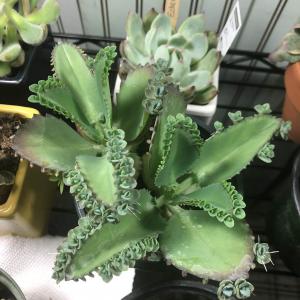

5/9/18


3
1
FieryFlame:cute
meriunkat:Same 😅









